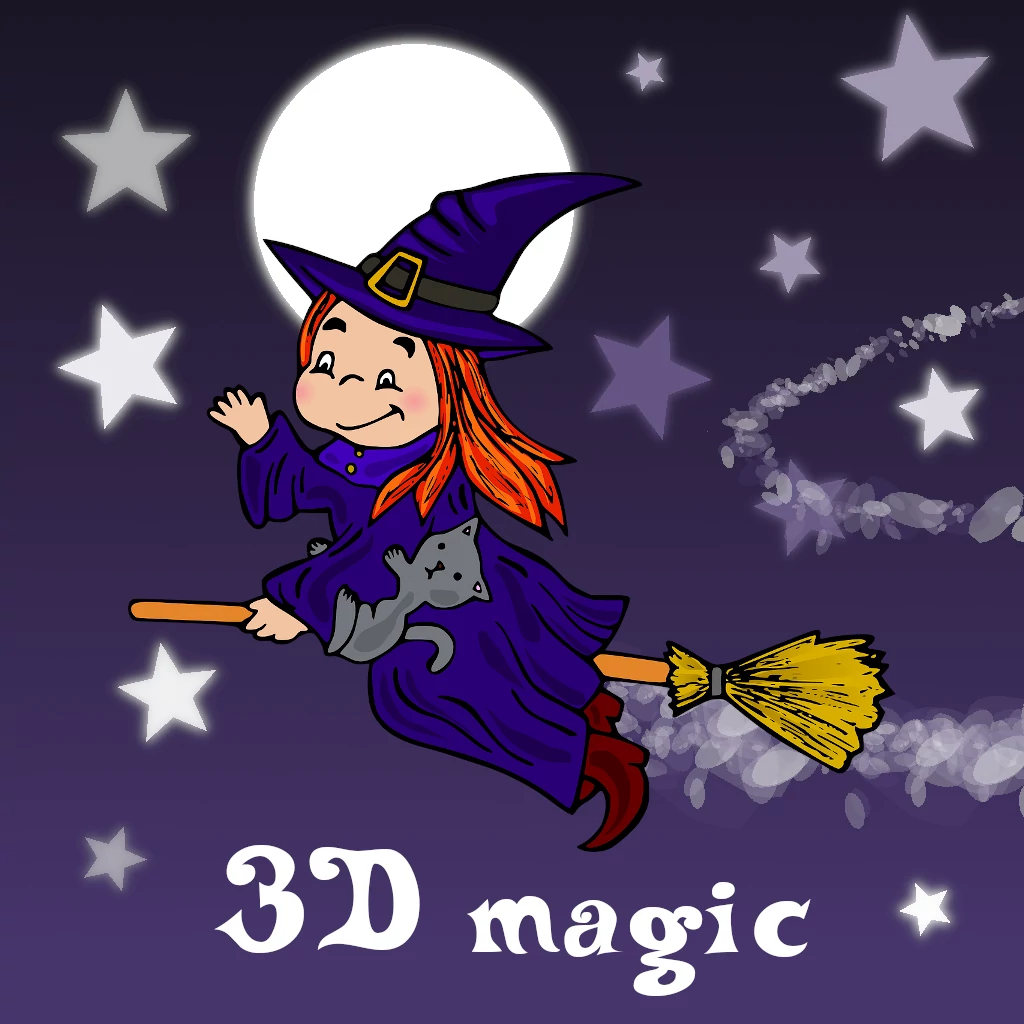[](/martins-js/demos/hello-aframe){ ._blank }
**MARTINS.js with AFRAME**
[Launch demo](/martins-js/demos/hello-aframe){ ._blank } | [View the code](https://github.com/alemart/martins-js/tree/master/demos/hello-aframe){ ._blank }
[](/martins-js/demos/hello-three){ ._blank }
**MARTINS.js with THREE.js**
[Launch demo](/martins-js/demos/hello-three){ ._blank } | [View the code](https://github.com/alemart/martins-js/tree/master/demos/hello-three){ ._blank }
[](/martins-js/demos/hello-webgl){ ._blank }
**MARTINS.js with pure WebGL**
[Launch demo](/martins-js/demos/hello-webgl){ ._blank } | [View the code](https://github.com/alemart/martins-js/tree/master/demos/hello-webgl){ ._blank }
[](/martins-js/demos/touch-interaction){ ._blank }
**Touch interaction with THREE.js**
[Launch demo](/martins-js/demos/touch-interaction){ ._blank } | [View the code](https://github.com/alemart/martins-js/tree/master/demos/touch-interaction){ ._blank }
## Minimal demos
Explore the source code with these minimalistic demos:
[](/martins-js/demos/hello-world){ ._blank }
**Hello, World!**
[Launch demo](/martins-js/demos/hello-world){ ._blank } | [View the code](https://github.com/alemart/martins-js/tree/master/demos/hello-world){ ._blank }
[](/martins-js/demos/simple-webcam){ ._blank }
**Simple Webcam demo**
[Launch demo](/martins-js/demos/simple-webcam){ ._blank } | [View the code](https://github.com/alemart/martins-js/tree/master/demos/simple-webcam){ ._blank }
## Guidelines
You can use a webcam or a video file as input. Click on the 🎥 icon at the top-right corner of the screen to toggle webcam input. When using a webcam:
* Avoid low-quality cameras. A camera of a typical smartphone is probably good enough.
* Don't move the camera nor the target image too quickly. This produces motion blur.
* Make sure that the physical environment is properly illuminated.
* The target image should appear clearly in the video.
* If you're scanning the image on a screen, make sure to adjust the brightness. If the screen is too bright (too dark), it will cause overexposure (underexposure) in the video and tracking difficulties - details of the images will be lost. Screen reflections are also undesirable.
* If you print the image, avoid shiny materials (e.g., glossy paper). They may generate artifacts in the image and interfere with the tracking. Prefer non-reflective materials.
## Try locally
Try the demos on your own machine:
1. Run on a console:
```sh
git clone git@github.com:alemart/martins-js.git
cd martins-js
npm start
```
2. Open [https://localhost:8000/demos/](https://localhost:8000/demos/)
3. Pick a demo and have fun!
## Target image
[](./assets/my-reference-image.webp "Based on free image by ArtRose from https://pixabay.com/pt/vectors/bruxa-vassoura-gato-chap%c3%a9u-magia-5635225/"){ ._blank }